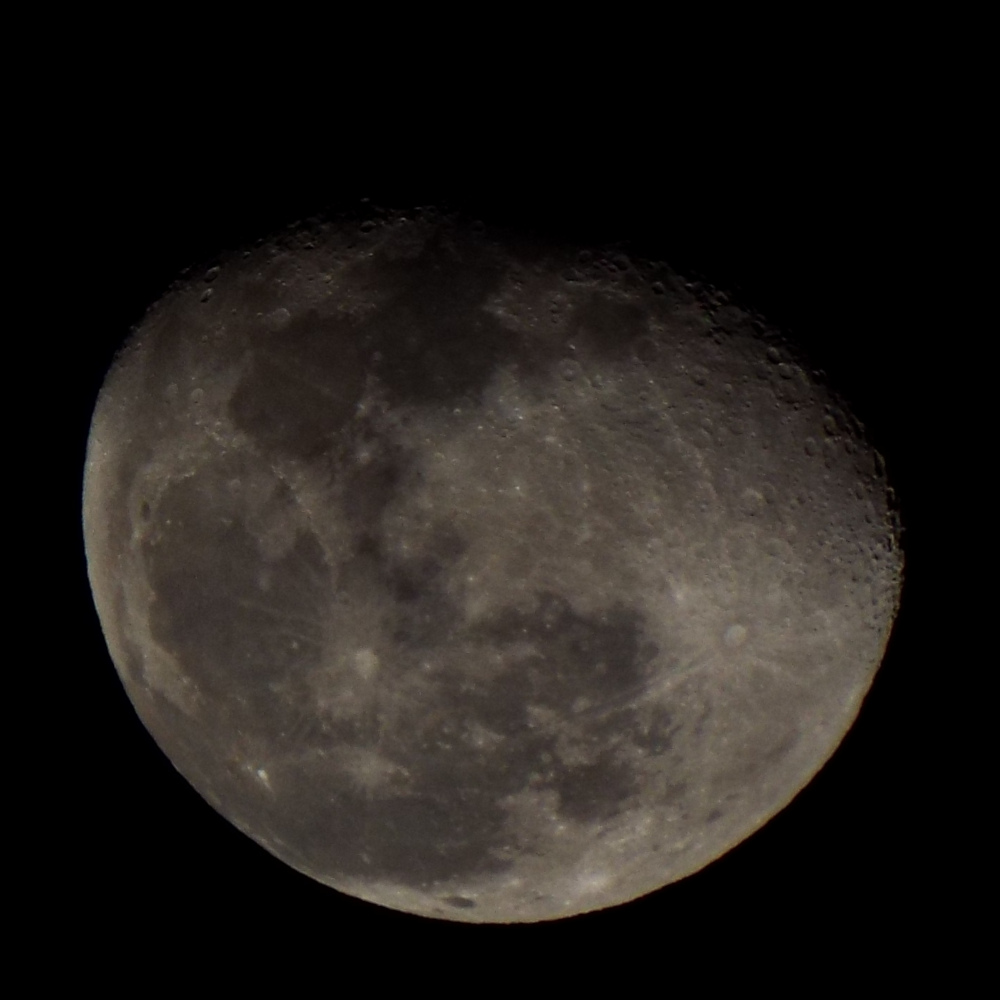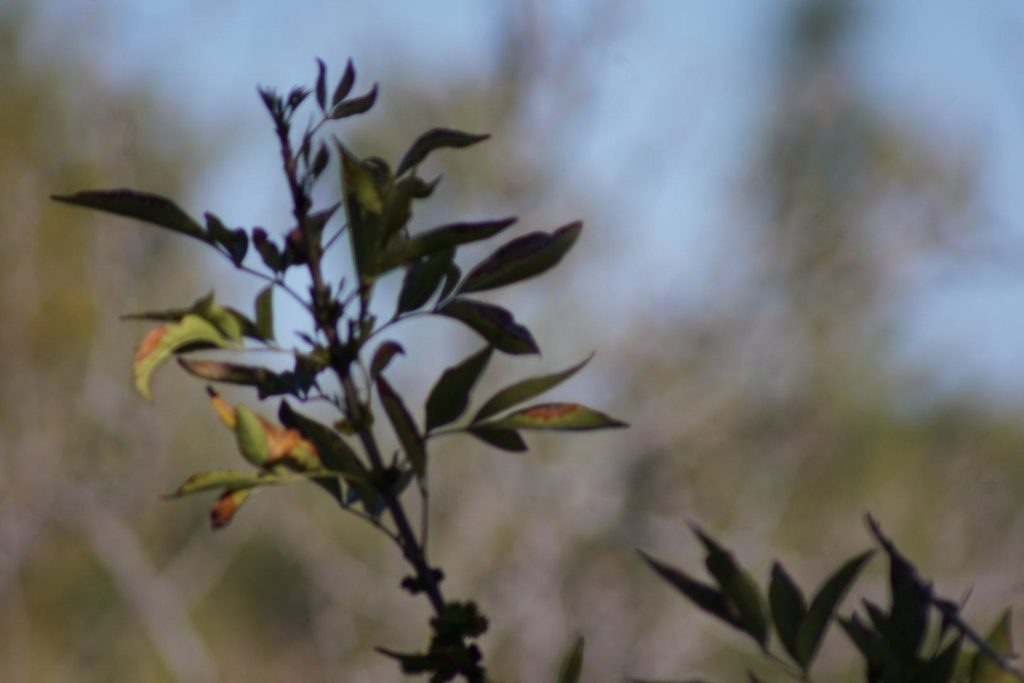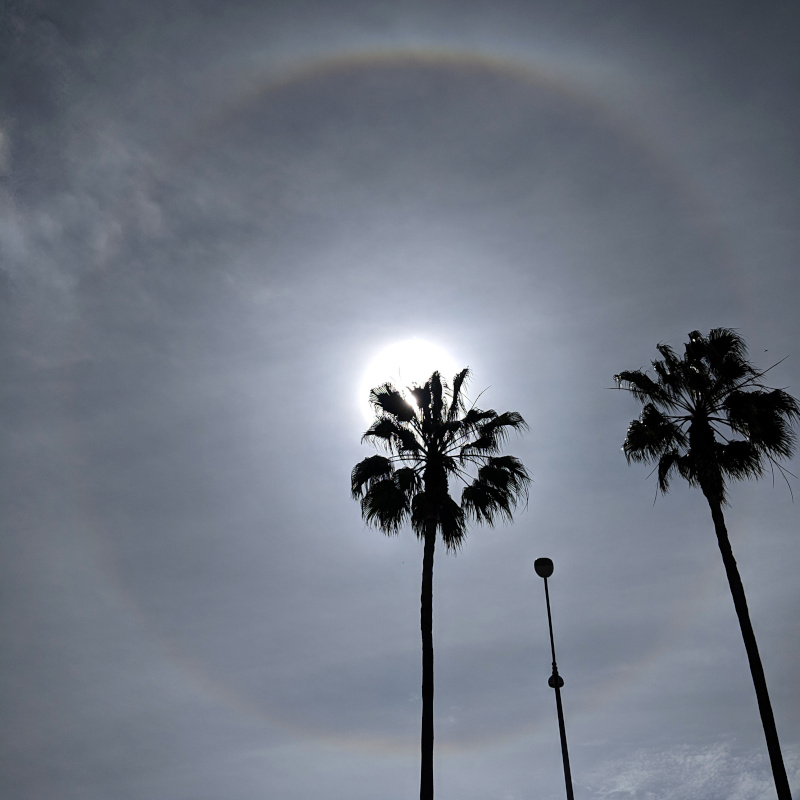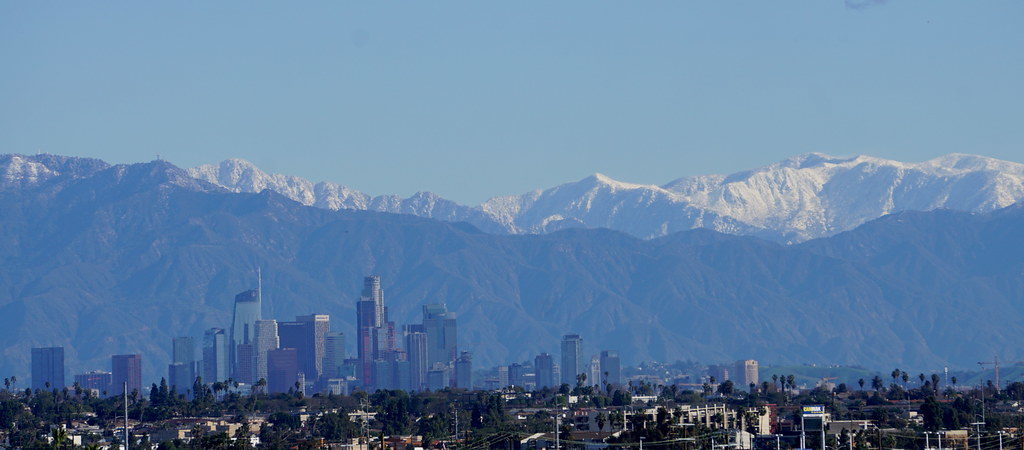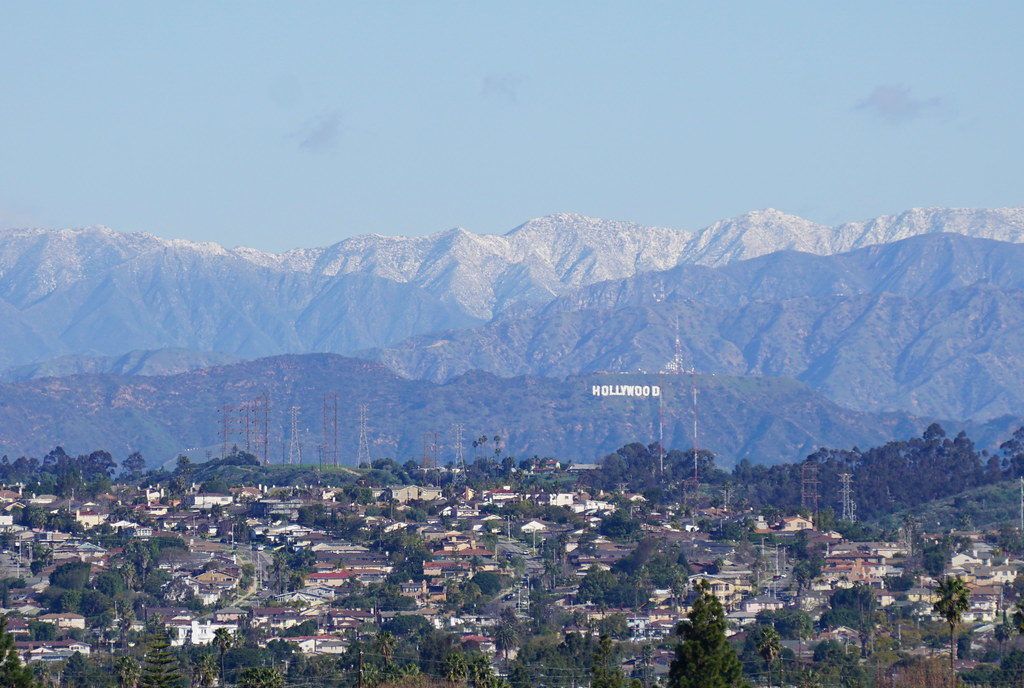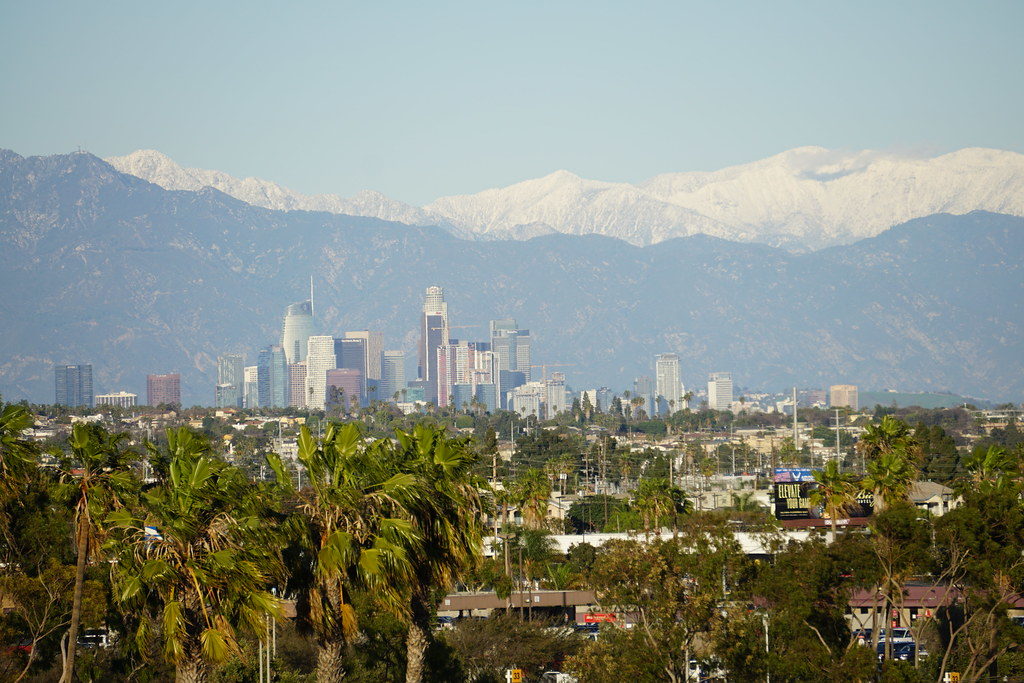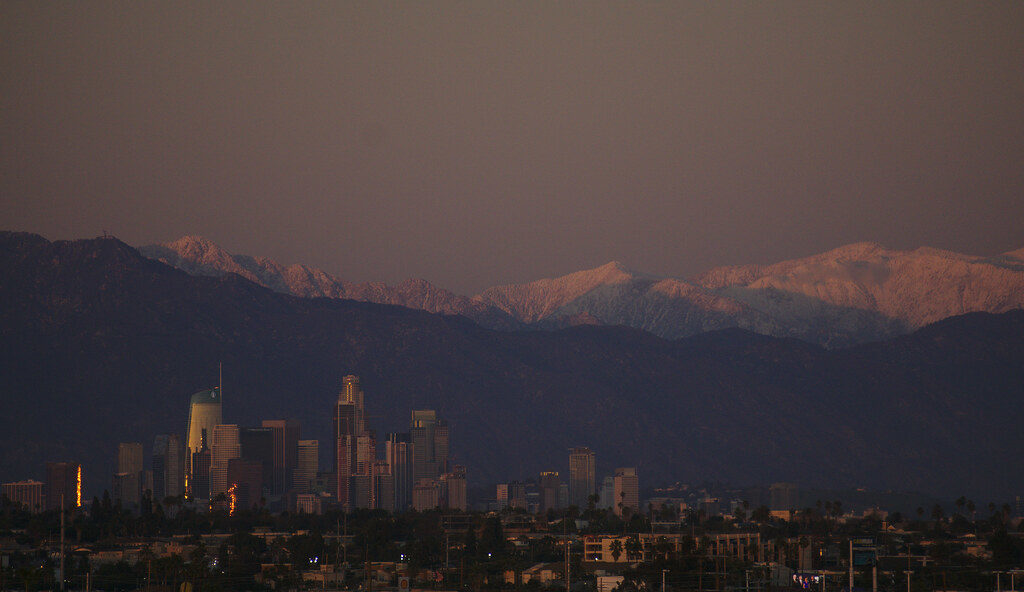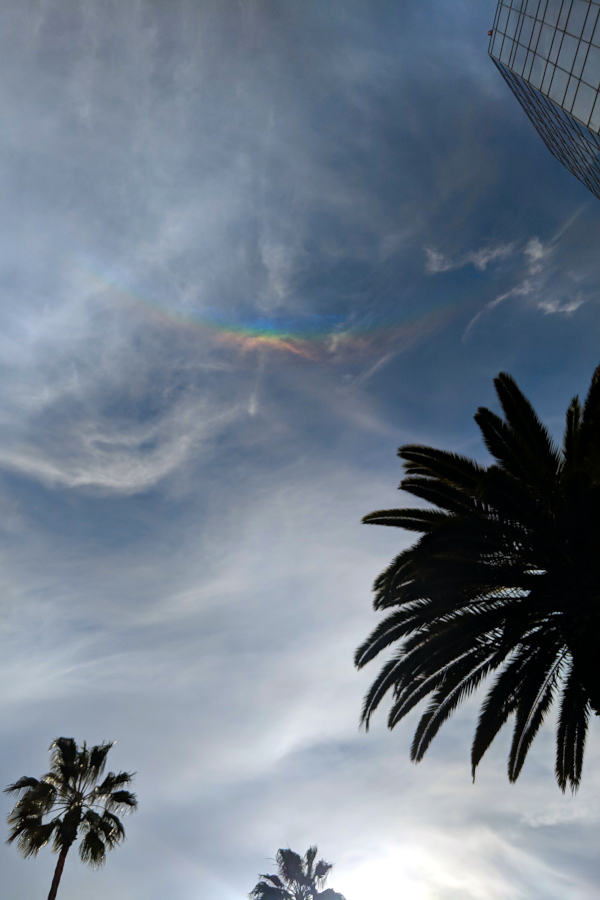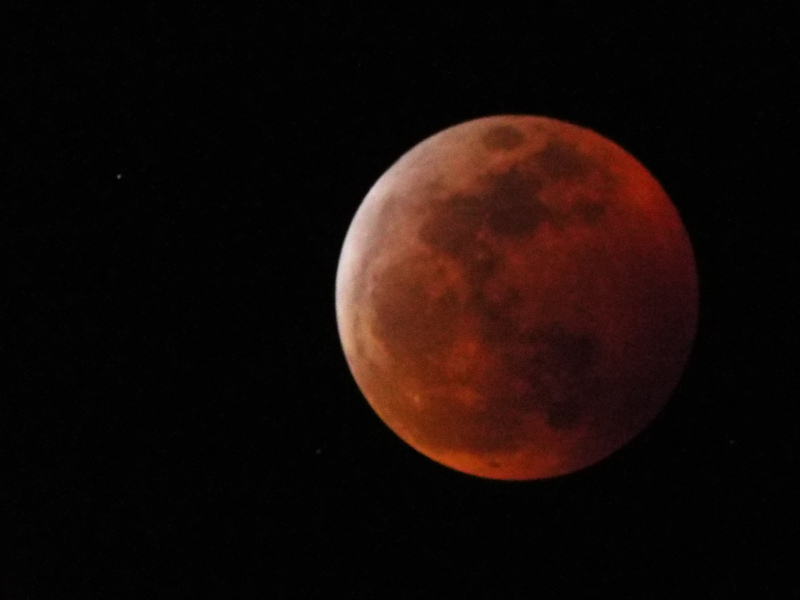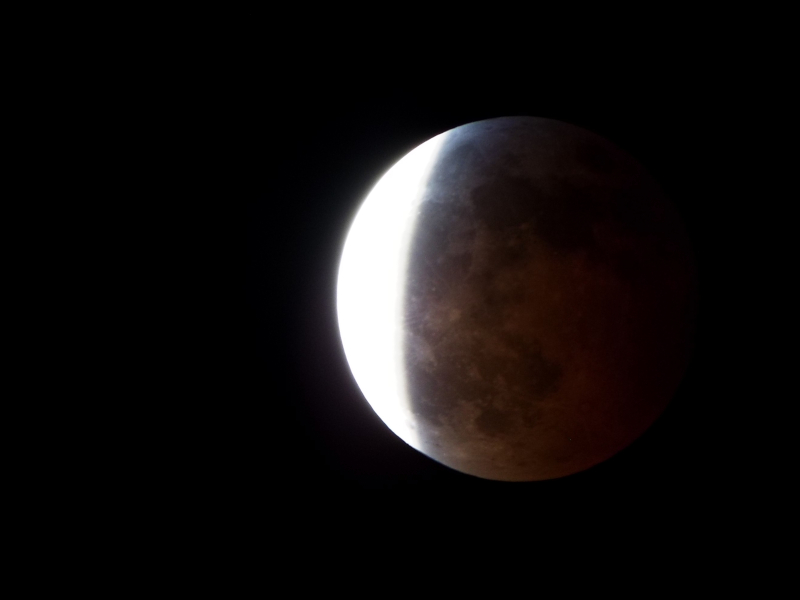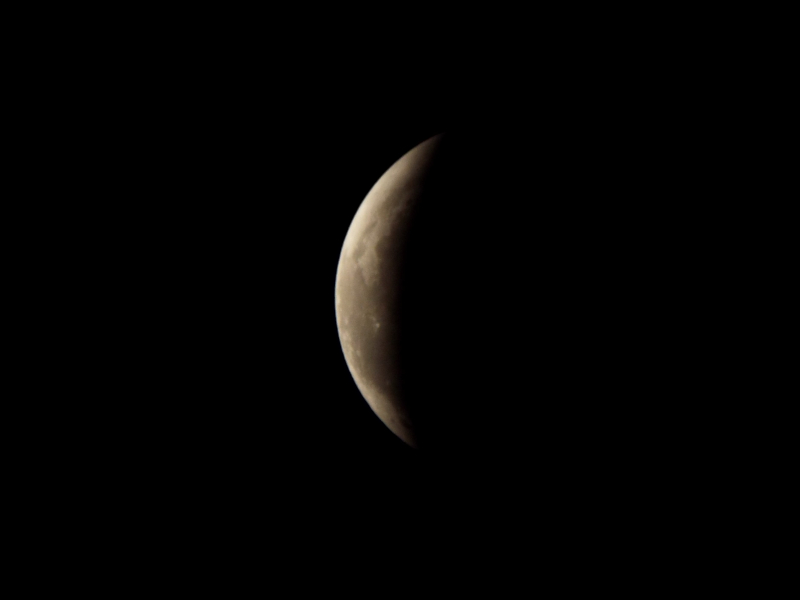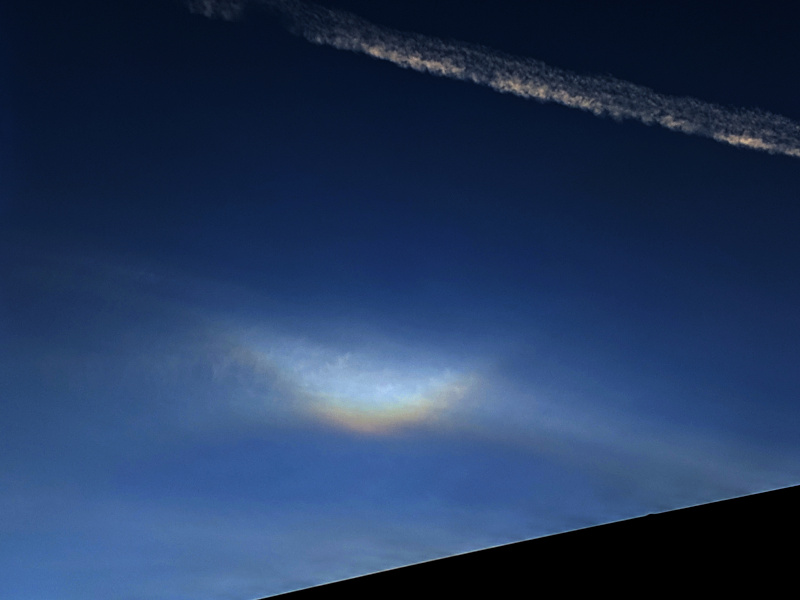Tonight’s waxing crescent moon, taken with the really long telephoto lens. It’s passing in front of the Hyades star cluster right now, which I’d love to get a photo of, but the moon is just waaay too bright to capture the background stars! Plus I’m still getting used to the controls on this camera.
And here’s another moon shot I took in January, about a week after the lunar eclipse. I used a different camera, while it was in a different phase, on the opposite side of the sky…
Same moon, though! 🙂

